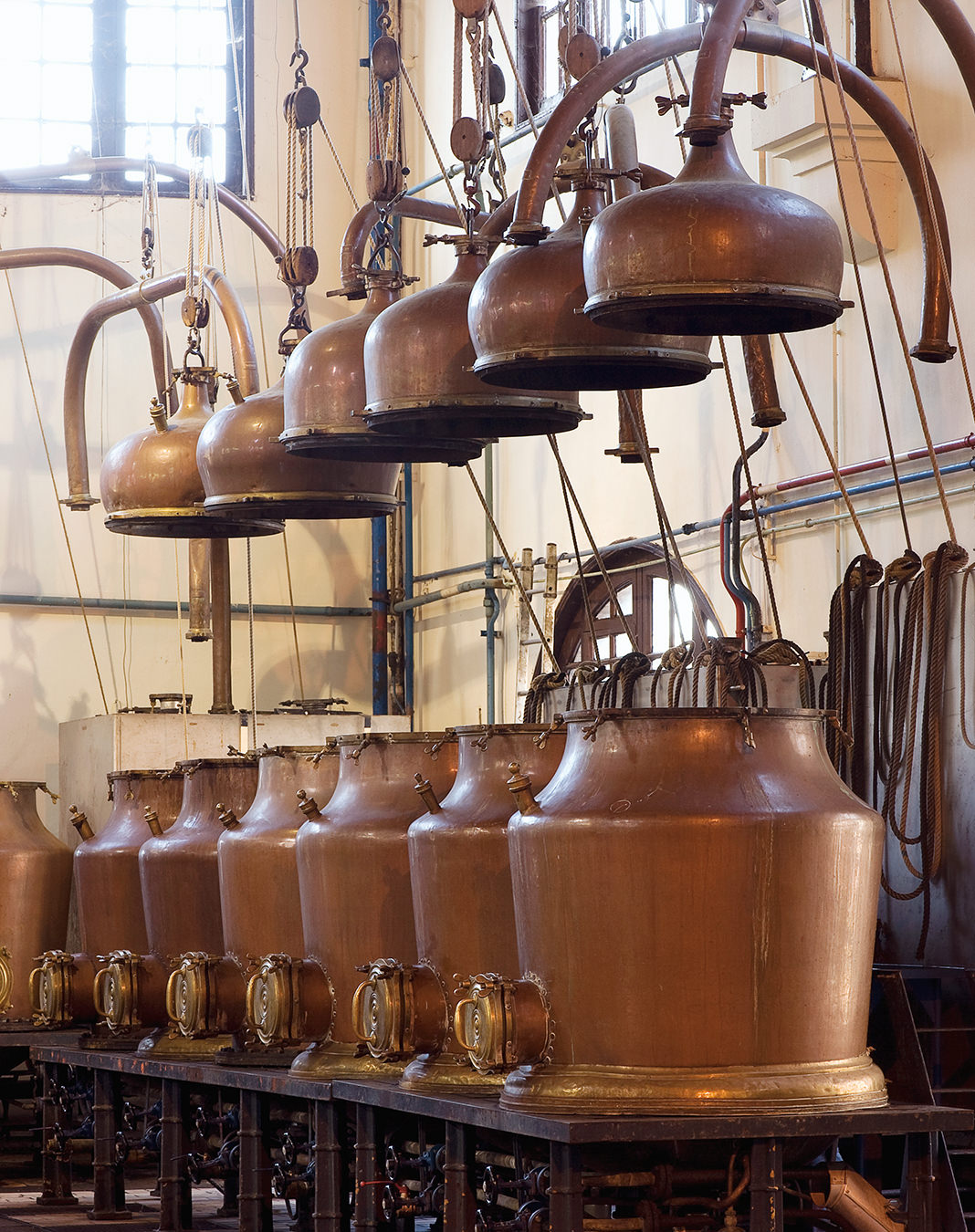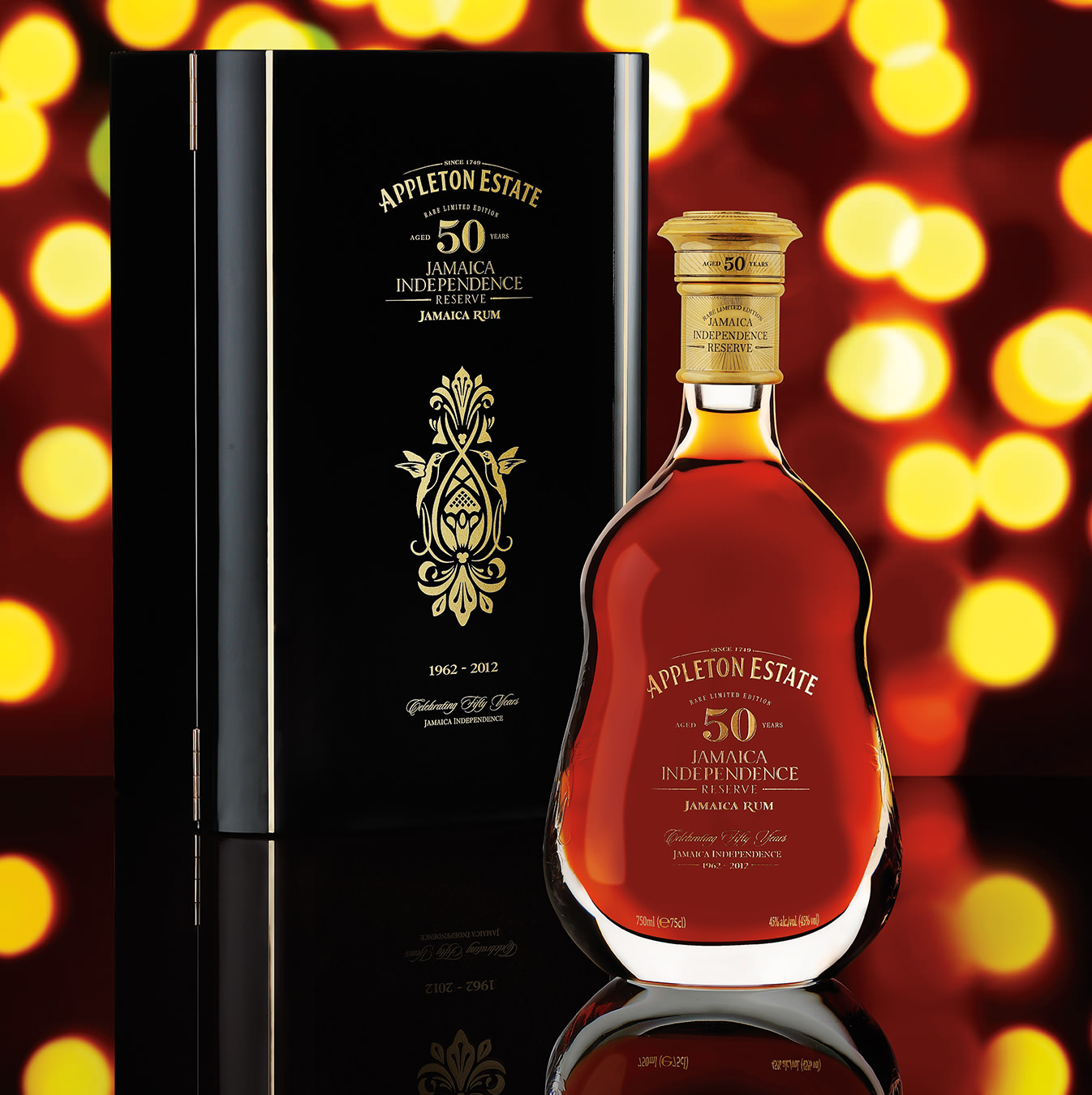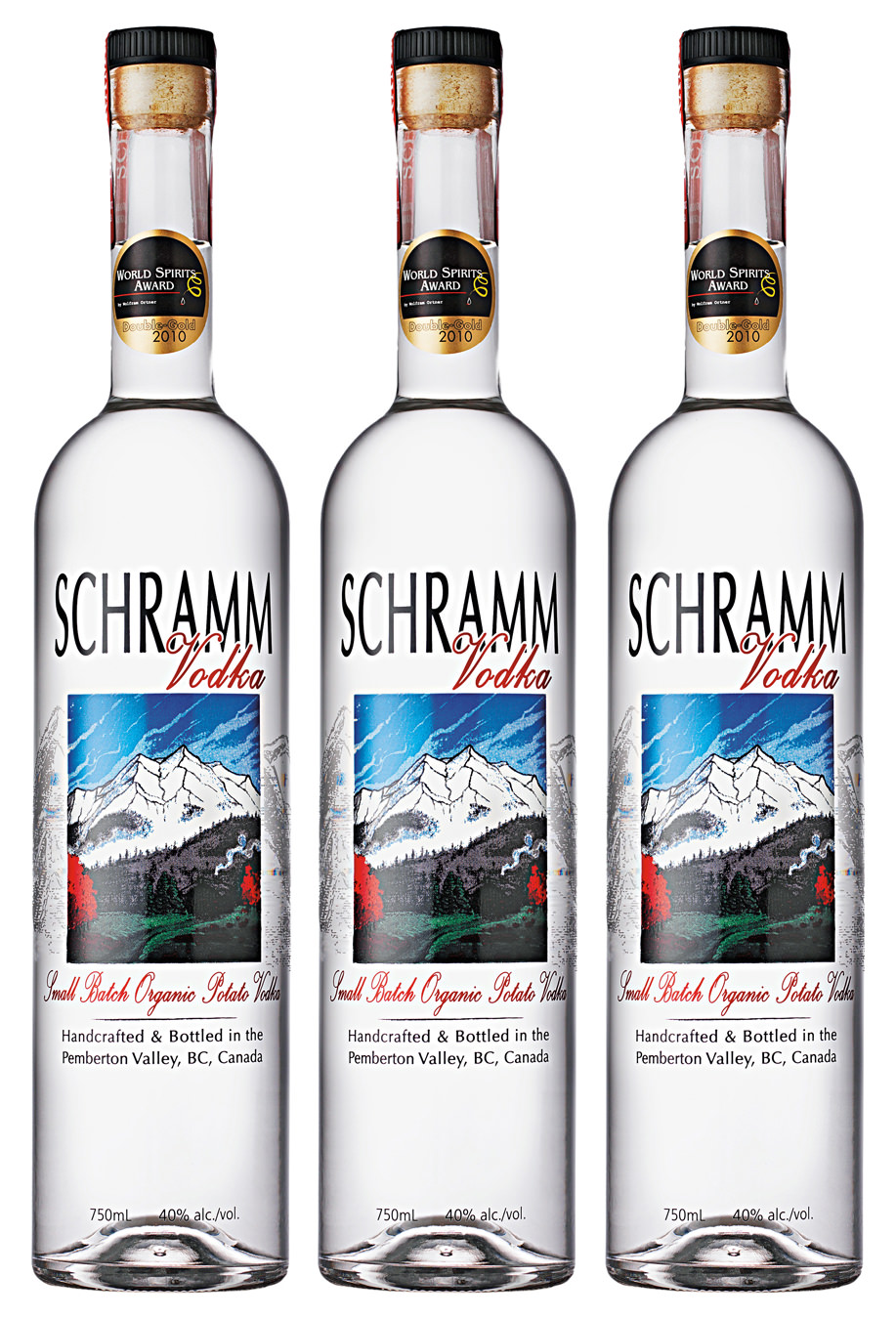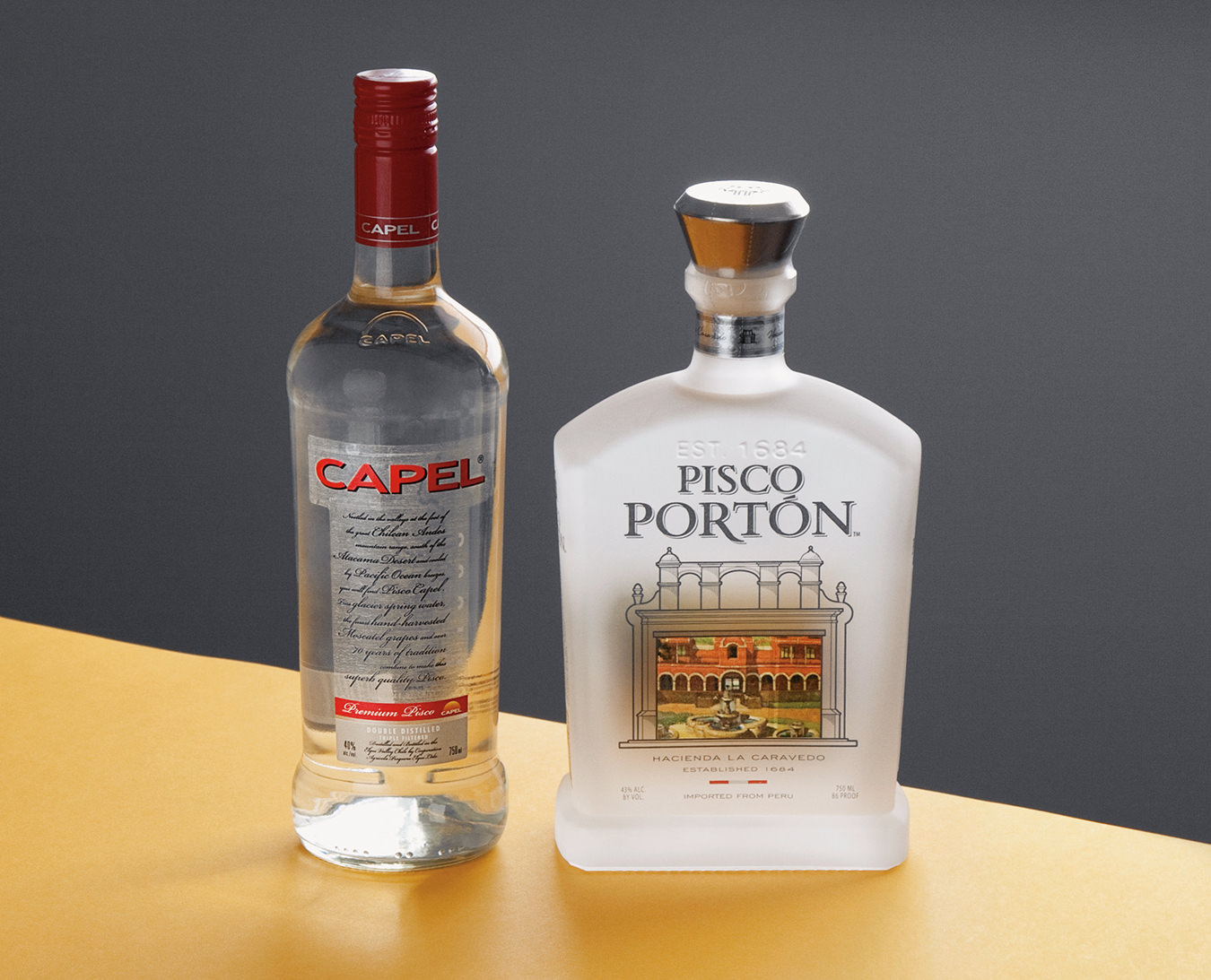Casa Herradura
A tradition of tequila.
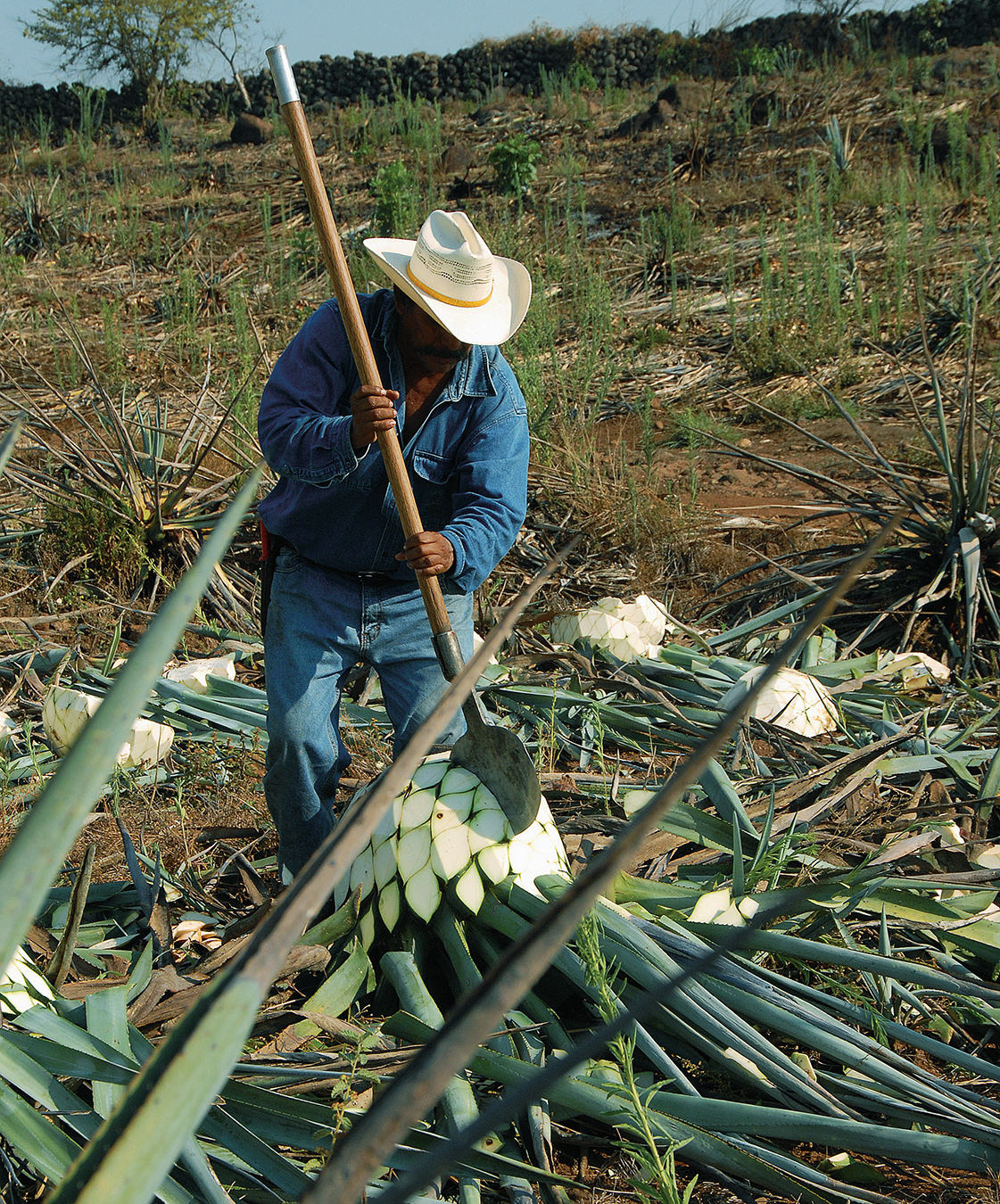
Agave piñas (pineapples), destined for tequila production, are harvested by hand using a cao, a sharp spade-like tool, at Casa Herradura near Guadalajara, Mexico.
Chuck Rio wasn’t his real name; Danny Flores was. He was a musician and songwriter in a trio he named after himself. They morphed into the Champs and recorded a tune in 1957 for Gene Autry’s label, Challenge Records, called “Train to Nowhere”. It bombed. The B-side was a studio jam session they called “Tequila”.
Flores played that trademark “dirty sax” riff, slurred “tequila” a couple of times throughout, and the rest of the band shouted in a few rhythmic gaps. When some DJ flipped the record over, “Tequila” became a megahit: number one on the charts in the United States, and it made the top five in the United Kingdom. What’s more, it won Best R&B Performance at the very first Grammy Awards in 1959.
Enough pop-music trivia. But it’s important. Remember, this was the late fifties. Uncles would bring back bottles of the stuff from winter holidays in Mexico, bottles that would sit on the bar in the basement and usually had a worm in them. (The worm thing began in Oaxaca in the 1950s as a marketing gimmick to increase sales of mescal—no worm has ever actually sat at the bottom of a bottle of tequila.)
To the here and now. Ruben Aceves Vidrio is director of international brand development for Casa Herradura—makers of el Jimador tequila as well as their super-premium-label Herradura tequila—and he’s about to make a true believer out of me.
Casa Herradura is a 140-year-old historic and architectural treasure, and the company has a worldwide reputation for stunning tequila, handcrafted and entirely natural, with no colouring, no additives, not even imported yeast.
“You’ve had tequila before, yes?” asks Vidrio.
Three baby snifters (icy white, cozy pale yellow, and warm light brown) of tequila are placed in front of me. All at room temperature. A cold Corona is in easy reach.
“Sip and learn, sip and discover, sip and enjoy,” says Vidrio.
In the spirits world, there are two distinct types that make up the bulk of the market: white (gin, vodka) and brown (whisky, brandy). Tequila actually straddles both camps. It is now the fastest growing alcohol category in Canada, with annual growth of over four per cent, outpacing both whisky and vodka.
Tequila may be the oldest indigenous North American spirit. Long before the Spaniards brought distillation to Mexico in the 1500s, the Aztecs made pulque, derived from the agave plant called maguey. Today, it is the blue agave plant—the best of the agaves—that is cultivated for tequila. The state of Jalisco is the epicentre of tequila making, and you see blue agave everywhere around Guadalajara, with endless fields of the tall, spiky plants stretching to the horizon. It takes up to 12 years for the plant to mature to the point where it can be harvested. Although it is a succulent, there is a common misconception that agaves are part of the cactus family.
At Casa Herradura, the agave piñas (pineapples) are harvested by hand by the jimadores (farmers who harvest agave plants) with a sharp spade-like tool called a cao. The spiky leaves are removed, and the hearts are trimmed and shipped to the distillery, where they are steamed at a relatively low temperature (95ºC) for as long as 26 hours. The runoff is aguamiel (honey water). The piñas are then shredded and the remaining juice extracted. Both the honey water and the extracted juice go into the vats to ferment. Fermentation takes between four to seven days, and then the liquid is double distilled in stainless steel pot stills. Finally, using only imported oak barrels from Kentucky, the tequila is aged, and then it is bottled and sent off to market.
There are five types of true tequila, which are 100 per cent agave and it says so on the label. Blanco (white) is unaged, bottled immediately after distillation, or aged less than two months in stainless steel or wooden barrels. Reposado (rested) is aged a minimum of two months, but no more than one year, in oak barrels of any size (some as large as 20,000 litres). Oro (gold) is a blend of blanco and reposado. Añejo (aged) is aged a minimum of one year, but usually no more than four years, in small oak barrels. Extra añejo (extra aged) is a new category, established only five years ago, requiring a minimum of three years in small oak barrels. (Casa Herradura produces four of these: blanco, reposado, añejo, and extra añejo.)
There are no vintages of tequila; growing, replanting, harvesting, and distilling continue all year round. Since the agave plant is essentially destroyed by harvesting, replanting is carried on continuously.
Casa Herradura has been producing tequila in the same way since 1870 and shipping it all over the world since the 1960s. The company was purchased by international wine-and-spirits giant Brown-Forman in 2007. Although there are over 100 distilleries producing approximately 1,068 brands of tequila in the state of Jalisco, Casa Herradura claims its el Jimador reposado to be the best-selling tequila in Mexico.
Some el Jimador tasting notes: the blanco is herby (woodruff, lemon verbena), fresh, clean, light but intense with agave fruit; big spice, some pepper, and a great finish. The reposado is mellower, richer, with hints of vanilla, beautiful balance, and a soft, lingering finish. The añejo is orange, butterscotch, white pepper, and dried tangerine peel, the whisky cask influence (12 months) apparent but not overwhelming.
The best way to enjoy tequila? Blanco, reposado, añejo. Three separate glasses, room temperature, cold Corona within easy reach.

